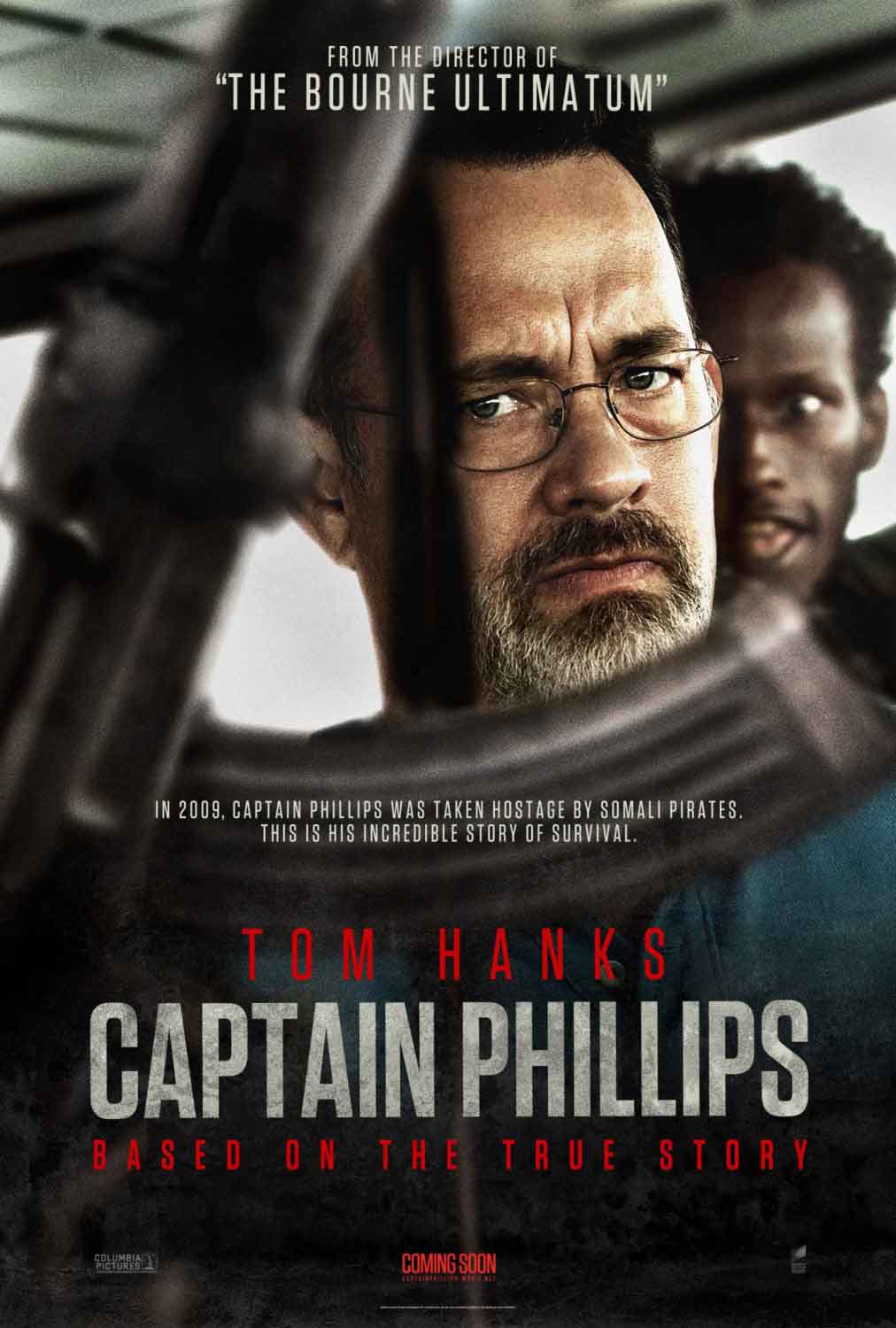The 2013 film “Captain Phillips” directed by Paul Greengrass and starring Tom Hanks is a masterclass in realistic storytelling, thanks to a combination of factors that come together to create an immersive and believable cinematic experience. To understand what makes this film so realistic, it’s essential to delve into the key elements that contribute to its authenticity.
One of the primary reasons for the film’s realism is its basis on a true story. The movie is adapted from the real-life events of the 2009 hijacking of the MV Maersk Alabama by Somali pirates. The filmmakers worked closely with Captain Richard Phillips, the real-life captain of the ship, to ensure that the story was told accurately and with sensitivity. This attention to detail and commitment to authenticity are evident throughout the film, from the meticulous recreation of the ship’s environment to the portrayal of the characters’ experiences.
The casting of Tom Hanks as Captain Phillips is another crucial factor in the film’s realism. Hanks is known for his ability to fully immerse himself in his roles, and his portrayal of Captain Phillips is no exception. He spent extensive time with the real Captain Phillips, learning about his experiences and gaining insight into his thoughts and feelings during the hijacking. This research and preparation are evident in Hanks’ performance, as he brings a depth and nuance to the character that makes him feel fully realized and relatable.
The direction by Paul Greengrass also plays a significant role in creating the film’s realistic tone. Greengrass is known for his use of handheld camera work and his ability to create a sense of tension and urgency in his films. In “Captain Phillips,” he uses these techniques to great effect, putting the viewer in the midst of the action and creating a sense of immediacy and danger. The film’s cinematography, handled by Barry Ackroyd, is also noteworthy, as it captures the harsh realities of life at sea and the stark beauty of the ocean environment.
In addition to these elements, the film’s sound design and editing also contribute to its realism. The sound effects and score, composed by Henry Jackman, work together to create a sense of tension and unease, drawing the viewer into the world of the film. The editing, handled by Christopher Rouse, is also noteworthy, as it creates a sense of flow and continuity that makes the film feel seamless and engaging.
To further illustrate the film’s realism, it’s essential to examine the ways in which it addresses potential objections or limitations. One potential criticism of the film is that it portrays the Somali pirates as one-dimensional villains, without fully exploring their motivations or backstory. However, the film can be seen as a deliberate choice to focus on the experiences of Captain Phillips and his crew, rather than attempting to provide a comprehensive or balanced portrayal of the pirates.
The film also demonstrates a sophisticated understanding of nuanced distinctions, particularly in its portrayal of the complexities of international diplomacy and the challenges of navigating different cultural and linguistic contexts. The character of Captain Phillips, for example, is shown to be a skilled navigator and leader, but also someone who is aware of his own limitations and vulnerabilities. This nuanced portrayal adds depth and complexity to the film, making it feel more realistic and engaging.
In terms of broader implications, the film raises important questions about the nature of terrorism, the role of international diplomacy, and the human cost of global conflict. The film’s portrayal of the Somali pirates, for example, can be seen as a commentary on the root causes of terrorism and the ways in which poverty, desperation, and lack of opportunities can drive individuals to extreme actions.
The film’s attention to historical context is also noteworthy, as it provides a detailed and accurate portrayal of the events leading up to the hijacking and the subsequent rescue mission. The film’s use of archival footage and interviews with the real-life participants adds to the sense of authenticity, making the film feel like a documentary or a recreation of real events.
To address specific user questions, it’s essential to examine the ways in which the film’s realism is achieved through its technical aspects. For example, the film’s use of camera angles and lighting creates a sense of realism, as it captures the harsh conditions of life at sea and the intensity of the hijacking. The film’s sound design also plays a crucial role, as it creates a sense of tension and unease that draws the viewer into the world of the film.
In conclusion, the film “Captain Phillips” is a masterclass in realistic storytelling, thanks to a combination of factors that come together to create an immersive and believable cinematic experience. The film’s basis on a true story, the casting of Tom Hanks, the direction by Paul Greengrass, and the sound design and editing all contribute to its realism, making it a compelling and engaging film that raises important questions about the nature of terrorism, international diplomacy, and the human cost of global conflict.
What makes the film "Captain Phillips" so realistic?
+The film's realism is achieved through a combination of factors, including its basis on a true story, the casting of Tom Hanks, the direction by Paul Greengrass, and the sound design and editing.
How does the film portray the Somali pirates?
+The film portrays the Somali pirates as complex and multidimensional characters, with a nuanced understanding of their motivations and backstory. However, the film can also be seen as a deliberate choice to focus on the experiences of Captain Phillips and his crew, rather than attempting to provide a comprehensive or balanced portrayal of the pirates.
What are the broader implications of the film?
+The film raises important questions about the nature of terrorism, international diplomacy, and the human cost of global conflict. The film's portrayal of the Somali pirates, for example, can be seen as a commentary on the root causes of terrorism and the ways in which poverty, desperation, and lack of opportunities can drive individuals to extreme actions.
In terms of future trends and developments, the film “Captain Phillips” can be seen as a commentary on the increasingly complex and interconnected nature of global conflict. The film’s portrayal of the Somali pirates, for example, can be seen as a reflection of the ways in which poverty, desperation, and lack of opportunities can drive individuals to extreme actions. As the world becomes increasingly interconnected, it’s essential to consider the ways in which global events and trends can impact local communities and individuals.
The film’s use of technical elements, such as camera angles and lighting, also raises important questions about the role of technology in shaping our perceptions of reality. The film’s use of handheld camera work, for example, creates a sense of immediacy and intimacy, drawing the viewer into the world of the film. However, this technique can also be seen as a commentary on the ways in which technology can shape our perceptions of reality, creating a sense of realism that may not always be accurate.
In conclusion, the film “Captain Phillips” is a masterclass in realistic storytelling, thanks to a combination of factors that come together to create an immersive and believable cinematic experience. The film’s basis on a true story, the casting of Tom Hanks, the direction by Paul Greengrass, and the sound design and editing all contribute to its realism, making it a compelling and engaging film that raises important questions about the nature of terrorism, international diplomacy, and the human cost of global conflict. As the world becomes increasingly complex and interconnected, it’s essential to consider the ways in which global events and trends can impact local communities and individuals, and the film “Captain Phillips” provides a powerful and thought-provoking commentary on these issues.



